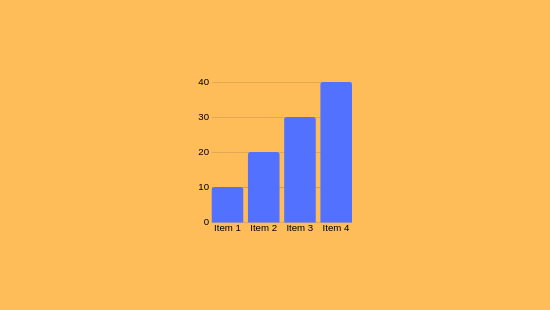
As you explore forex measurements, you'll discover they're mathematical tools analyzing price and volume data to predict market behaviors. These indicators assist in identifying market patterns, validating signals, and detecting overbought or oversold situations. For example, the RSI tracks market force, while Bollinger Bands measure variability. Enhancing your trade techniques by integrating these indicators is essential, especially if aiming to control risks adeptly.
Understanding Forex Indicators
Forex indicators are mathematical aids embedded in charts to aid investors in analyzing market trends and making informed decisions. They offer insights into price movements and market possibilities by processing historical and real-time data.
Forex indicators are divided into four primary groups: trend indicators (e.g., Moving Averages), momentum indicators (e.g., Relative Strength Index), volatility indicators (e.g., Bollinger Bands), and volume indicators.
These tools can indicate market turns, confirm trends, or highlight overbought/oversold climates. If you're looking to enhance your methodologies, grasping their roles is fundamental.
Categories of Forex Analytical Instruments
Upon evaluating market trends, investors usually employ a selection of measures to aid in decision-making.
Forex tools are categorized into different classifications, each fulfilling distinct functions.
Trend Indicators like Moving Averages (MA) and Bollinger Bands aid in uncovering movement patterns and possible price surges.
Momentum Indicators, including the Moving Average Convergence/Divergence (MACD) and Relative Strength Index (RSI), identify momentum changes and highlight overbought or oversold conditions.
Volatility Indicators like the Average True Range (ATR) quantify market variability, helping traders in setting stop-loss thresholds.
If used strategically, these indicators can enhance trade outcomes.
Essential Instruments for Trading Choices
To executive insightful investment choices, understanding and applying key measures that analyze market conditions is essential.
Price Movements (MA) track mean trade values over determined timeframes, revealing trends by evening out variations.
The Relative Strength Index gauges market force on a 0–100 scale, indicating excess buy above 70 and signaling oversold scenarios below 30.
Moving Average Convergence Divergence analyzes two exponential moving averages to confirm the trend direction, with graphical representations illustrating bullish or bearish phases.
Bollinger Bands apply standard deviations around a moving average to assess fluctuation and potential reversals.
Fibonacci Retracement levels denote price thresholds based on prior price movements.
Synthesizing these indicators enhances precision by authenticating prompts if congruent, enabling exact timing for currency matchups.
Using Indicators for Risk Management
As you fine-tune your trading strategy, effectively applying indicators for risk management is crucial. Indicators like Moving Averages and Bollinger Bands notice volatility and identify potential entry/exit points for risk minimization.
These instruments allow for exact stop-loss orders and limit visit the website orders, critical for modulating potential losses.
For instance, applying stop-loss orders caps losses to a certain amount, such as 2% of your trading portfolio per trade. This measured strategy aids in managing forex risks by curtailing exposure to market volatility and leverage, which are significant challenges in currency trading.
Combining Indicators for Enhanced Accuracy
Combining indicators is a sophisticated strategy for elevating accuracy in forex trading. This method allows for the use of diverse instruments to examine several aspects of market dynamics, including trends, drive, and volatility.
By implementing indicators like Price Averages, RSI, and MACD, you can craft resilient trade schemes. Instance given, combining Moving Averages with RSI and Volume confirms trends and drive, while Bollinger Bands with Stochastic discovers volatile scenarios and possible reversals.
If indicators from separate categories work together, duplications are reduced, and trade signals are intensified.
Final Thoughts
You now grasp how forex indicators function, encompassing their types like trend, momentum, and volatility indicators. These elements aid in uncovering pivots and validating ongoing trends. Through combining tools, trading precision is boosted, and risk oversight is conducted more adeptly. As an example, using the Relative Strength Index (RSI) to highlight buying peaks and Bollinger Bands to evaluate volatility can improve your decisions.